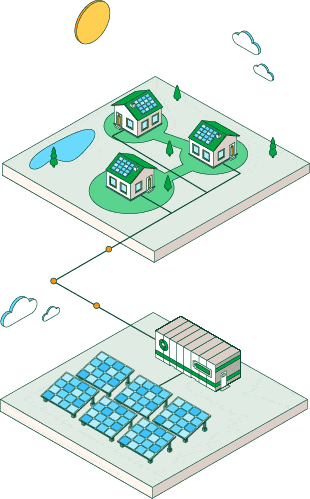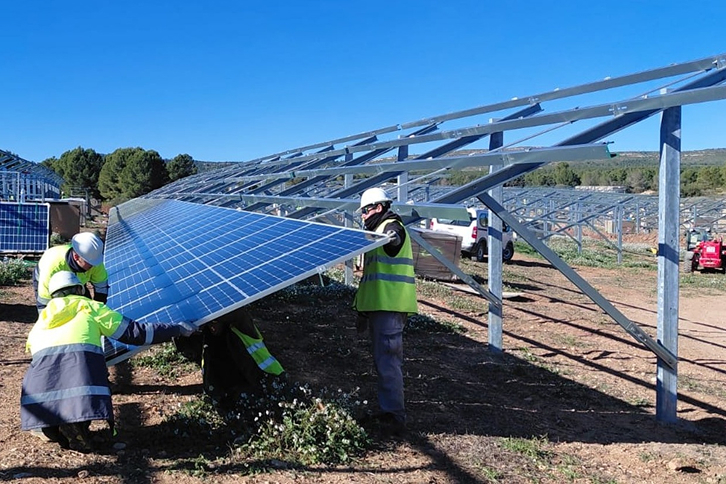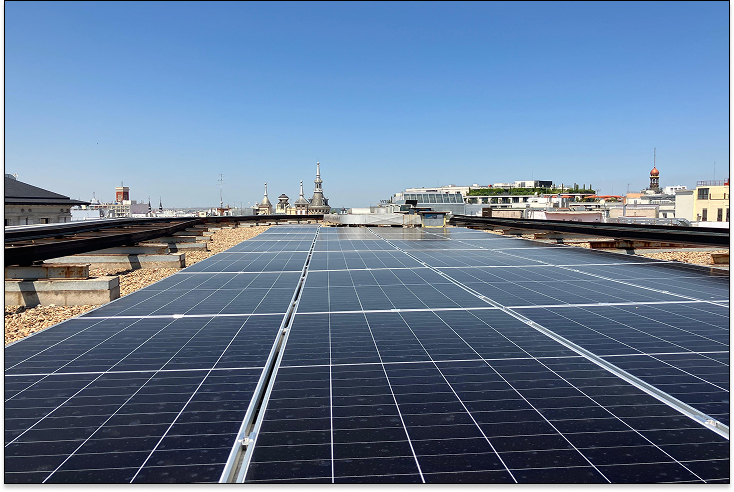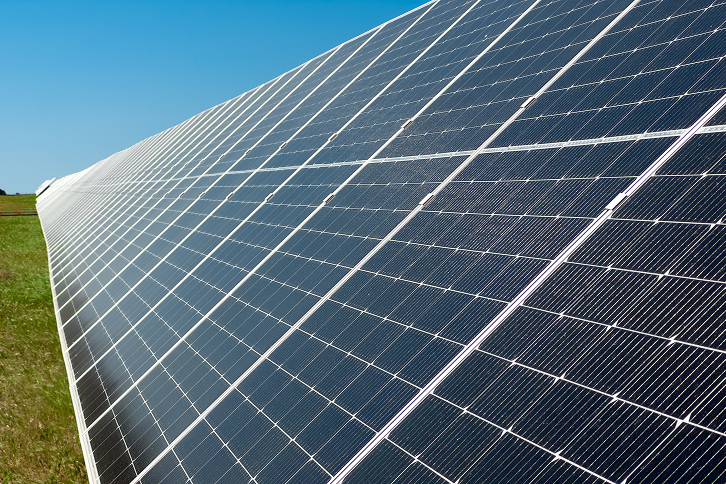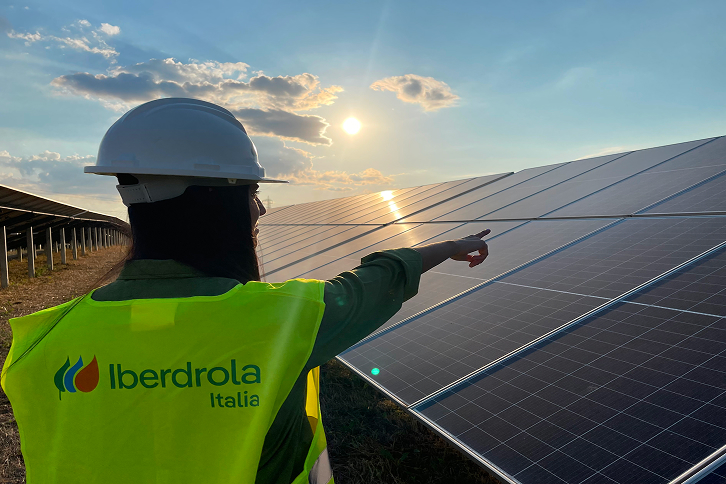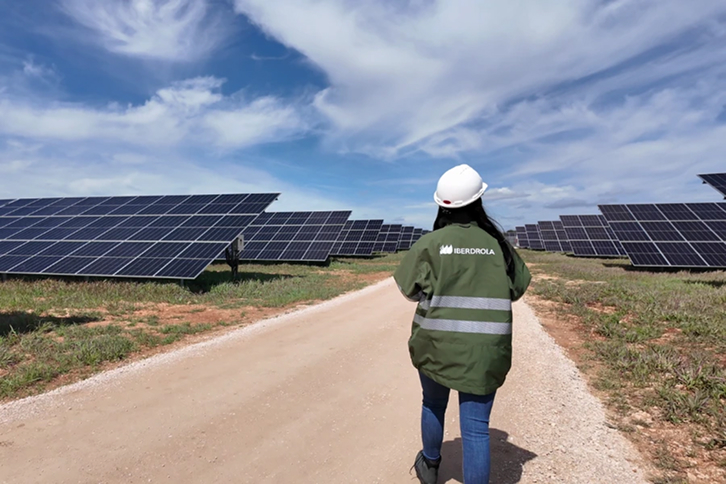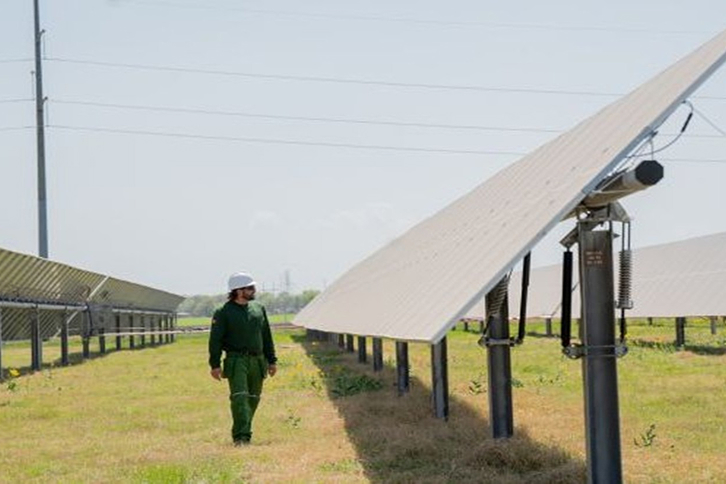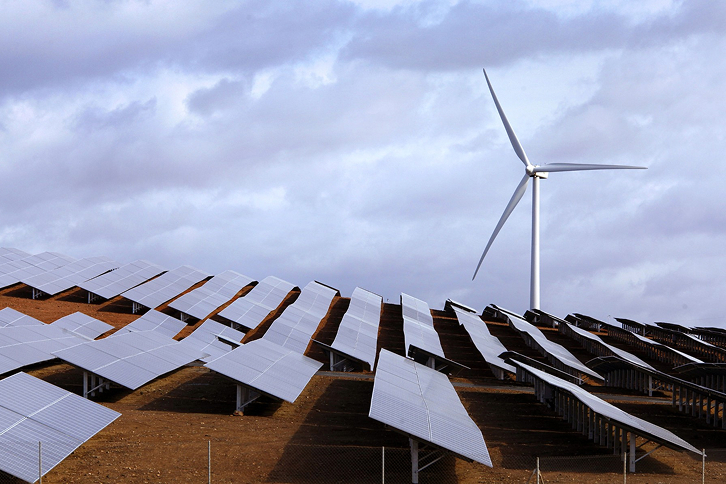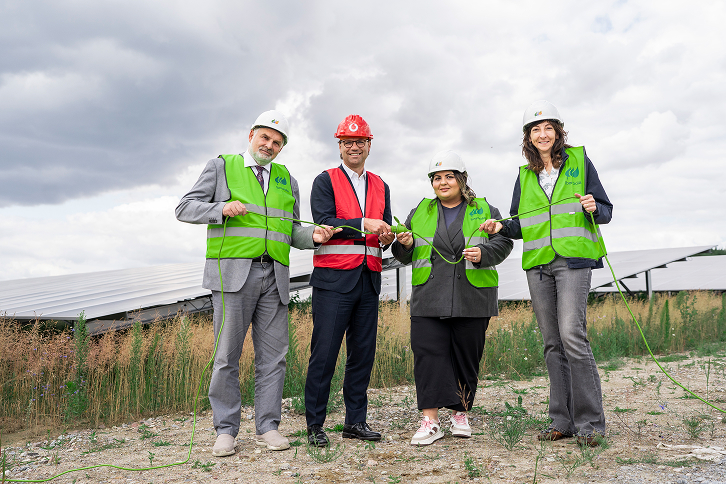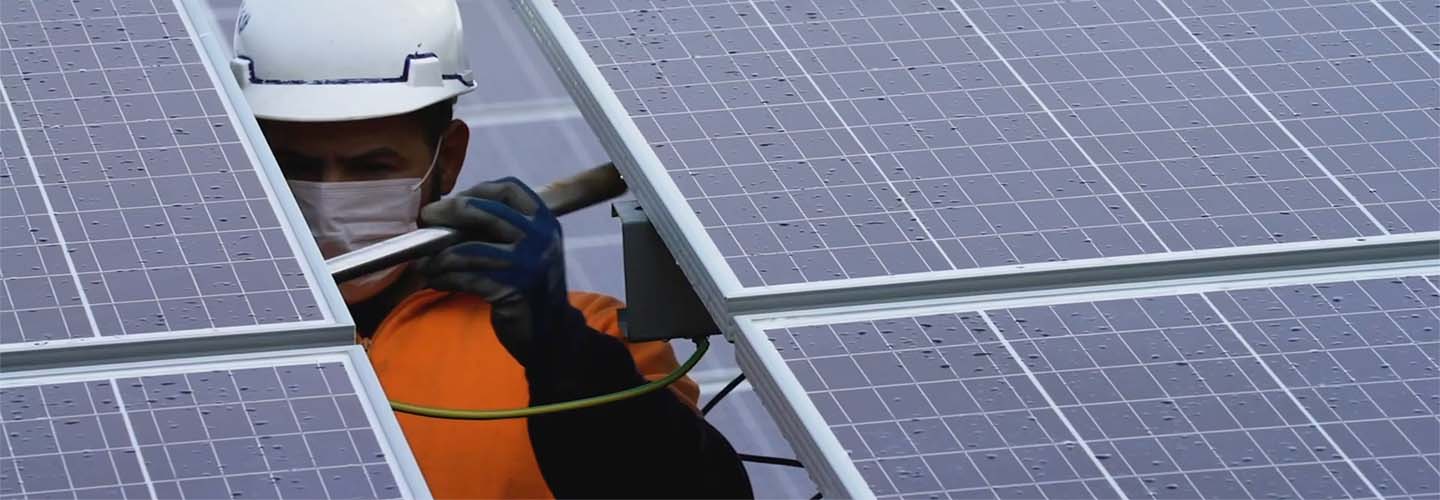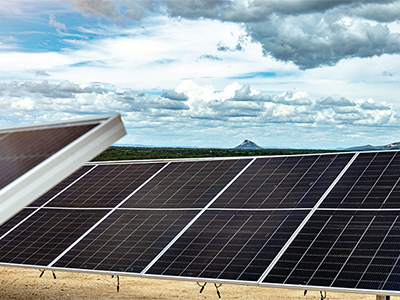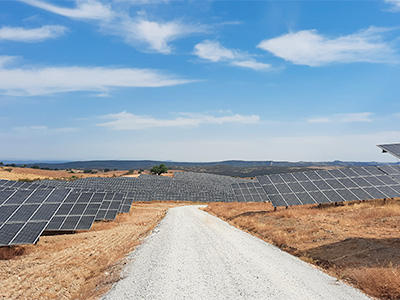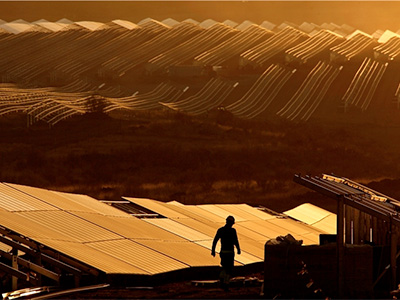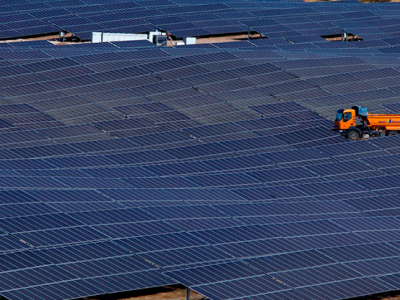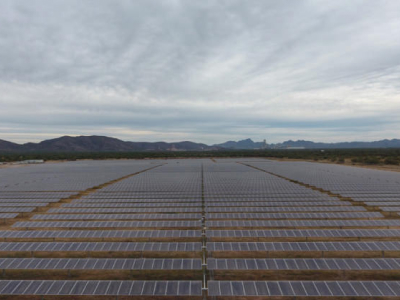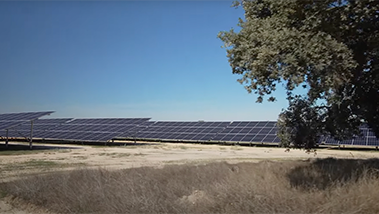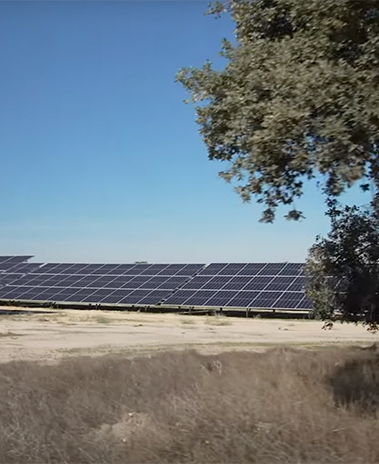-
Iberdrola, the world's largest producer of renewable energy, announced today that it has been awarded its first floating solar power plant in France, with a total capacity of 25 megawatts peak (MWp), in response to a call for tenders issued in...
We are building the Fernando Pessoa photovoltaic plant in Portugal, the largest photovoltaic project in Europe and the fifth largest in the world. With 1,200 MW of installed capacity, it will be an example of environmental respect and coexistence and will supply renewable energy to 430,000 homes.
-
Iberdrola has obtained a favourable Environmental Impact Statement (EIS) for the development of the Ciudad Rodrigo photovoltaic project , which will be located in this Salamanca municipality. This new solar energy production facility, which...
-
Facebook We obtain the environmental green light for the development of the photovoltaic project in Ciudad Rodrigo
-
Twitter We obtain the environmental green light for the development of the photovoltaic project in Ciudad Rodrigo
-
Linkedin We obtain the environmental green light for the development of the photovoltaic project in Ciudad Rodrigo
-
Whatsapp
When it comes on stream in 2025, the Fernando Pessoa plant, named after the Portuguese poet, will be able to supply enough clean, low cost, locally generated green energy to cover the annual needs of some 430,000 households, a population...
-
-
Iberdrola has been awarded four agrovoltaic projects with a total capacity of 12 megawatts (MW) in the renewable energy innovation tenders launched by the French Ministry of Energy Transition . As a prerequisite and priority, the projects...
Iberdrola has obtained a favourable Environmental Impact Statement (EIS) for the development of one of the largest photovoltaic projects in Castilla y León, which will be located in the municipality of Villalba de Guardo in the province of...
-
Facebook We get the environmental green light for one of the largest photovoltaic projects in Spain
-
Twitter We get the environmental green light for one of the largest photovoltaic projects in Spain
-
Linkedin We get the environmental green light for one of the largest photovoltaic projects in Spain
-
Whatsapp
-







